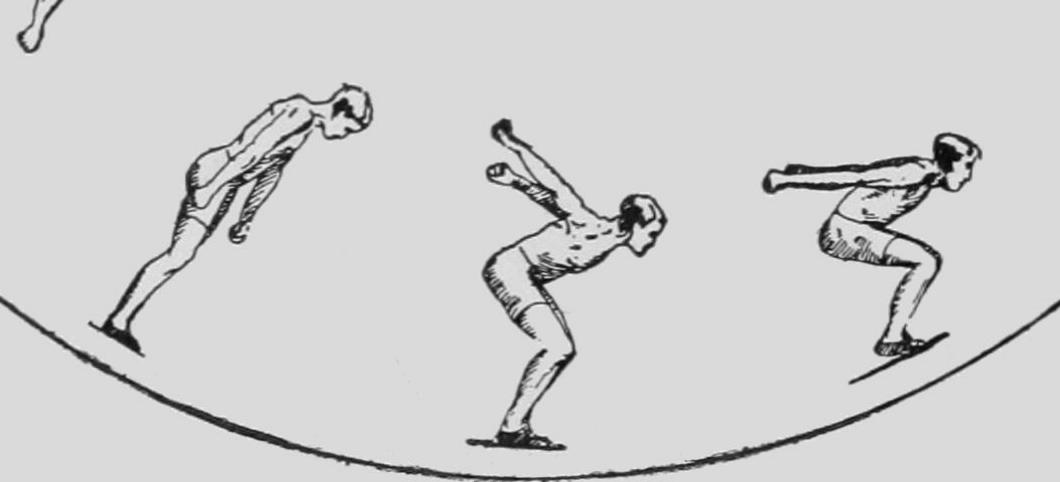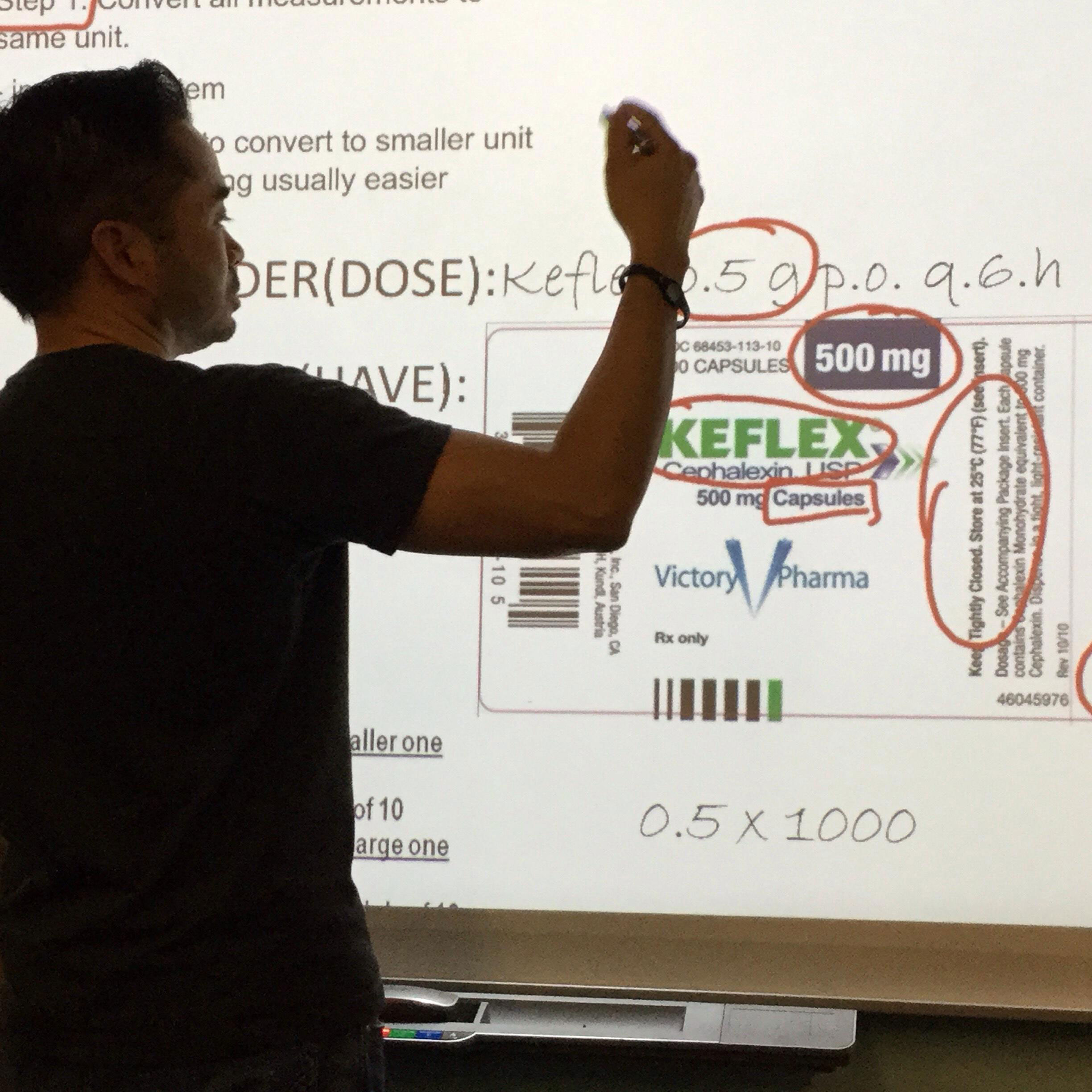The internet is a fickle beast, discarding trends as soon as they come. We’ve seen this time and time again, with the overnight success and subsequent rejection of the Kony viral marketing campaign, the Harlem Shake craze, Owling, Planking, (Batmanning??); the list of gerunds can go on and on. So when something on the internet continues to get attention, it’s probably a good idea to take notice. What are we talking about here? Pictures of cats with grammatically incorrect captions? Rick Astley and his love ballads? Close, but no cigar.
GIFs
A GIF, or Graphics Interchange Format, is a file type invented in 1987, consisting of a short, looping animation. Oftentimes these animations are grainy, low-res, and just plain ugly. In spite of all this, GIFs get attention, and have enjoyed more and more usage, most recently being voted the word of the year by the Oxford University Press (it is apparently both a verb and a noun).

Animated GIFs!!??
GET OUT OF HERE!
The question is, just how have GIFs been able to survive the flighty attitude of the average internet user? The answer is simple: Internet users’ attention span (or lack thereof).

Tubemogul, a video advertising service, compiled data on the average internet users’ attention span by measuring the amount of time users viewed a video before exiting.
The results definitely illustrate the impatience of the average internet user, with over 50% of users leaving after the first minute of video. This knowledge has important and relevant application to get attention on the internet with advertisements.
Because the average users’ attention span is so limited, it is more and more important to have ads which are succinct, self-contained, and most of all, short. However, simply having short advertisements won’t give you the exposure you need. One effective tool to evaluate the effectiveness of advertisements is eye-tracking.
Eye-Tracking
The above image shows the eye movements of a user on a standard webpage. The amount of time spent on specific parts of the website is illustrated by the “thermal imaging” of the eye movements, with red being the most amount of time spent, and blue the least. This image demonstrates something crucial for web advertisers.
Banner ads don’t work.
Banner blindness is a reality. In fact, anything that looks like an Ad will probably be ignored, even if it’s not an ad! Some even go as far to proclaim that the internet is no place for advertisements.
But don’t despair yet, there are still ways to design your ads to defy this proclamation and get attention. Ads that are plaintext, succinct, and pander to the need for instant-gratification will be able to get attention from the audience your service needs. One increasingly popular method to do so is called Native Advertising.
Native Advertising
Native Advertising is the deliberate design of an ad to look like the content on the page it is hosted on, making it “native” to its host page. Users will click on the ad unknowingly and be redirected to your intended place. As a result of this masking, native ads outperform traditional ads by an incredible margin, featuring a 38% increase in the Click Through Rate (CTR) for an eighth of the Cost Per Click (CPC).
However, CTR is not everything, as fooling the user oftentimes results in backlash against the advertiser and his brand/service. There are a couple of methods you can employ to prevent this backlash while preserving the efficacy of advertisements.
-
Make sure your advertisement is relevant to the content of the host page.
-
Design your ad to be a supplement to their experience with relevance to the host page. AT&T did this in an excellent way on Spotify.
-
Don’t make the ad blatant, rather, connect it to a higher philosophy or theme. This allows the user to evaluate the ad beyond its product or service and gives you leeway for “tricking” them.
Native ads do require a large amount of customization, something which Cimetta design has a large amount of experience in, so feel free to contact us for all your advertising needs!
If you take anything away from this post, let it be this: Internet users have short attention spans, so keep your ads short, sweet, and (subtle).








